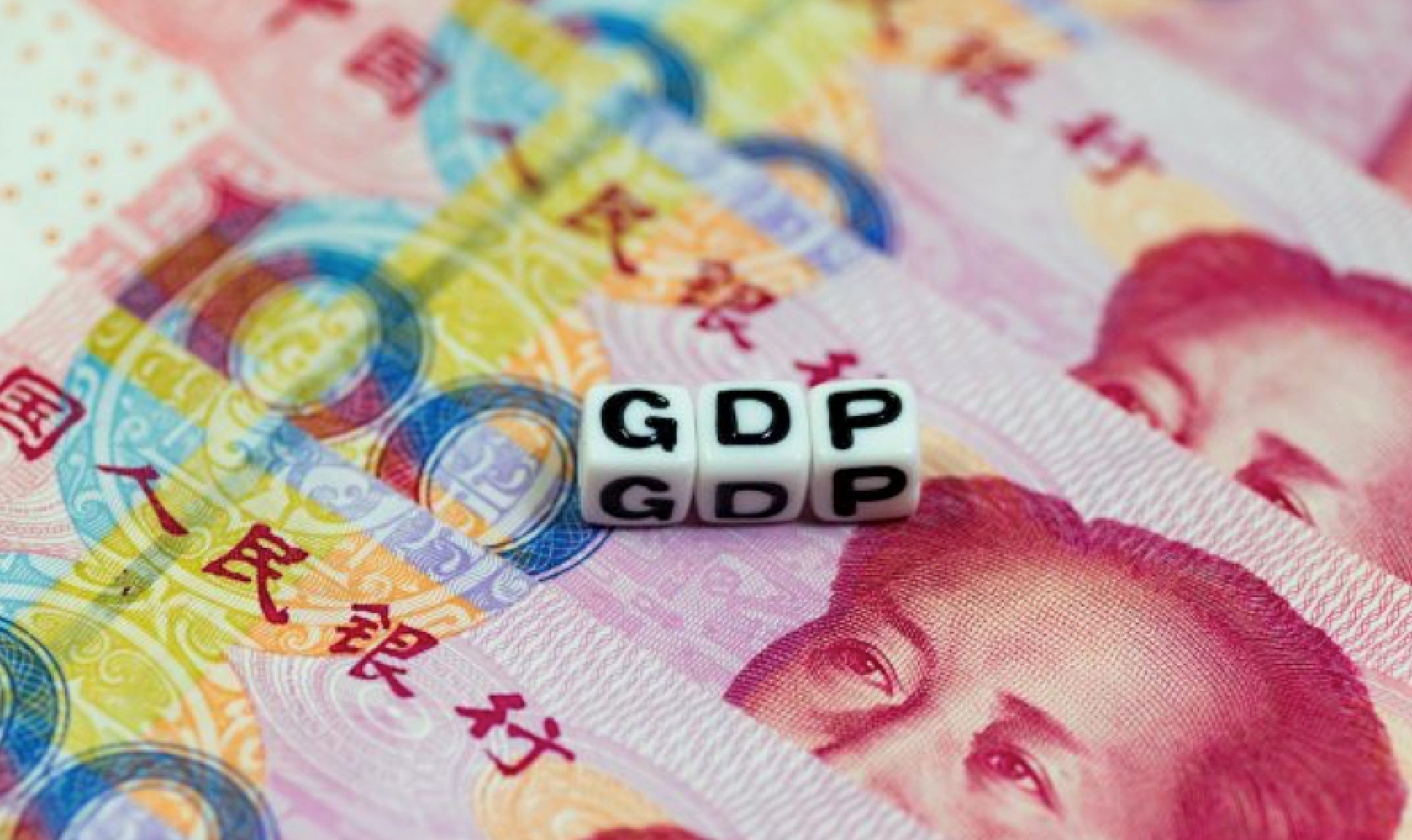China – Economic Growth Remains Stable
Market and Economic Update – Week Ending 15th June 2018

Peter Flannery CFP AFA
“If you have one economist on your team,
it’s likely that you have one more than you’ll need.”
Warren Buffett

· China’s economic growth remains stable even though it is being rigorously managed by the Chinese government which includes fiscal stimulus and growing levels of debt. Just like the rest of the world actually …
· The Chinese economy is expected to grow by 6.6% over 2018 according to the latest report published by Chinese Academy of Social Sciences. The Chinese government has so far succeeded in maintaining a strong level of economic growth although some have wondered just how long it might continue for? In my opinion, it will continue for as long as the Chinese government wants it to.
· There are lots of variables underpinning Chinese growth and one very important strategic initiative for the Chinese government is to continue to press forward with the much needed reforms. For example, it has been well publicised that the reforms of state owned enterprises, which still consist of significant over employment, inefficiencies and funding wastage, needs to continue to maintain economic growth long term. Another challenge for the Chinese government is to reduce and minimise corruption which appears to be deep seated inside the Chinese economy and has been so for a long time. They are working on it.
· Debt levels in China have increased significantly over the last five years which has been well publicised. Total debt to GDP is in the vicinity of 250% which is fundamentally significant but very manageable for the Chinese government and the Chinese economy at the moment. Longer term, clearly no economy can continue to grow on the back of fiscal stimulus and increasing debt, however I believe that many people under-estimate the number of macro prudential tools available to governments like China to help not only stabilise the economy, but support ongoing growth.
· Adding debt into the economy is a common blunt instrument used by many central banks including China. Perhaps less obvious to many is the ability of central banks to increase liquidity other ways such as for example, reducing lending restrictions for banks in order to stimulate economic activity. Anyway, the Chinese economy has recently also addressed the Shadow Banking threat and whilst it is far from fixed, at least it is now being addressed by the Chinese government. The Chinese economy matters very much to the rest of us and at this stage appears to be on track and stable.
Interest rates continue to rise in the US
· The US Federal Reserve raised interest rates up to a range of 1.75% to 2% which is the second interest rate hike in 2018 – two more to go. The Fed is looking for a 2% inflation rate with the economy considered to be at full employment and unemployment at an 18 year low. Although the projected two interest rate hikes for the rest of 2018 appear to be on track as well as the possibility of an additional third hike, there are some starting to question whether or not they will be possible.
· The American economy is growing at a rate of around 2.7% which is okay but less than stellar. Also that growth is supported by significant fiscal stimulus, although admittedly the paring back process of unwinding that debt has begun in a small way. By the way, in the short term at least Donald Trump has been relatively positive for the economy and asset prices generally although, those tax cuts for US companies and mums and dads come at a cost that is effectively more debt for the US economy to service and pay back in the medium to long term. The hope is that those tax cuts will stimulate more activity and economic growth – time will tell …
New Italian finance minister vows to stay put
· Italy’s new coalition government says it has no intention of leaving the Euro and plans to focus on cutting debt levels, economic minister Giovanni Tria said recently, looking to reassure very nervous financial markets.
· Italian Government bond prices have come under considerable selling pressure recently on fears that the government will undertake a brash spending splurge that Italy can ill afford. The markets are aware that there are Euro sceptics within the new Italian coalition that may try to push Italy out of the Eurozone. However the new finance minister is vowing to remain in the European Union, revive struggling growth and address high unemployment. “These will be fully coherent with the objective of continuing on the path of lowering the debt/GDP ratio” he said recently. So for now there appears to be no question of Italy leaving the Eurozone.
The same old in Japan …
· Japan is considered the third most powerful central bank in the world and it continues to fight the good fight with deflation by “printing money” so to speak. The balance sheet of the Bank of Japan will soon surpass the value of the nation’s annual economic output! Simply, unlike the US, the Japanese economy so far, whilst continuing to fight the good fight, has no guarantees that it will win (EEK!).
Will Europe follow the US?
- The European Central Bank has stated recently that they are looking to end the economic stimulus that has helped to stabilise European economies. The Eurozone is growing, unemployment and wages’ growth is also tracking in the right direction. However, in my view it will be interesting to see whether or not the European Central Bank is a bit early?
- The European economy is supported by low interest rates and low oil prices. The point is, will the economy be able to continue to grow should oil prices rise or the economic stimulus that has helped to support the economy be scaled back at this point? Italy for example remains a potential problem as does Spain. For now though the European economy has stabilised with economic growth slow but steady.

